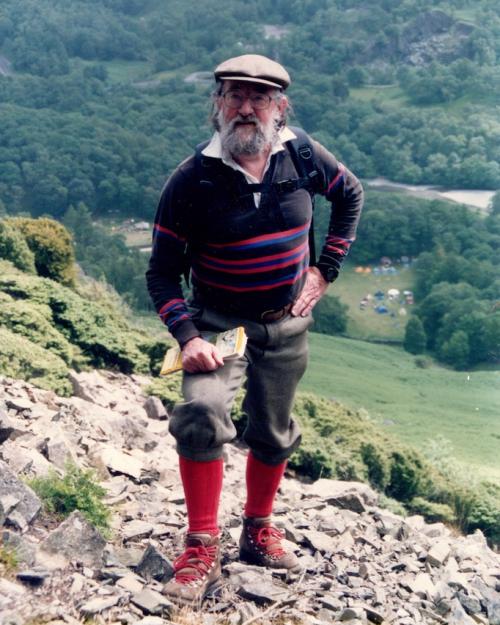Listening to Michael Poll play Bach on guitar, it’s easy to hear the expertise he pours into his playing.
What’s not as evident to the audience member: the myriad decisions Poll makes while preparing the piece–which Johann Sebastian Bach wrote for lute–for performance on the guitar. There are technical challenges to be overcome between instruments, aesthetic differences between centuries, and considerations to make because audiences today are different from those several centuries ago.
But eager to master music written for other instruments and to give audiences access, Poll, Klarman Postdoctoral Fellow in music in the College of Arts and Sciences, is on a quest to arrange historical lute and violin pieces for guitar in a way that resonates with the past while also connecting with present-day listeners.
“The best analogy is to translating literature,” Poll said. “In a good translation, you make decisions about fidelity to the meter, to each word, or to a broader sense of meaning. Do you communicate a specific emotion or a special aspect of the prosody of the source? I am faced with the same challenges arranging Bach’s music, from the 18th century, for a modern seven-string instrument.”
Poll studies affordance in music – the range of expressive possibilities available in a particular framework (often a particular instrument). Through historical research, he has developed a rhetorical framework for making music meant for one instrument well-suited for another.
“For me, using a modern theoretical apparatus closed off some aspects of how that music is put together, and studying how 18th century composers understood the construction of music gave me a richer and deeper understanding of how they were making their decisions,” Poll said.
In the 18th century, rhetoric guided art-making of all kinds, including music: “For composers of the 18th century, more persuasive was better. More convincing was ‘more right.’”
This insight helped Poll approach the problem of arranging historical music in a historical framework. It took him seven years to develop, but now this framework informs and guides his decisions.
He also innovates on the instrument front. His debut guitar recording “7-String Bach” (Orchid Classics, 2018) showcases one solution for accessing lute repertoire: adding one string to the classical guitar. The extra string is not such a wild innovation, Poll said; some folk traditions, including Brazilian and Russian, have seven string guitars. Plus, musicians and composers of past centuries had more flexible concepts of instruments.
“We think of instruments as very fixed, but that’s a fairly contemporary affectation. Even into the Romantic period when a lot of instruments became canonized, things were still changing. Wagner wrote for ‘Wagner tubas’ and ophicleides. Adolphe Sax intended the saxophone as an orchestral instrument, and Stravinsky wrote for the instrument in orchestral music into the 20th century. Somehow, we’ve now entered a period of stasis in instruments that is a little unusual.”
Outside of mainstream orchestras, though, there’s still a lot of innovation in the instrument space, Poll said. At Cornell, he’s had the opportunity to collaborate with Jesse Jones D.M.A. ’13, an innovative composer who’s developing new plucked instruments in concert with Cornell ReSounds, a design and performance co-lab for new acoustic instruments supported by a New Frontier Grant from the College of Arts & Sciences.
“Exploring how the tool shapes the sound world has been a big part of what I’ve been looking at with Jesse,” Poll said. “It’s been great to explore, because next I want to zoom out and think about affordance: How does the instrument impact what you’re able to say?”
Through it all, Poll wants to illuminate music in a practical way.
“I hope that when I make an arrangement, the research underpins an artistic sincerity or commitment that makes the experience whole or resonant for someone in a way it might not be if I didn’t have the research behind it,” he said. “At the end of the day, when you’re making an arrangement, you are flying by the seat of your pants. The question is: how good are those pants at helping to facilitate work that’s convincing and artistically meaningful?”




